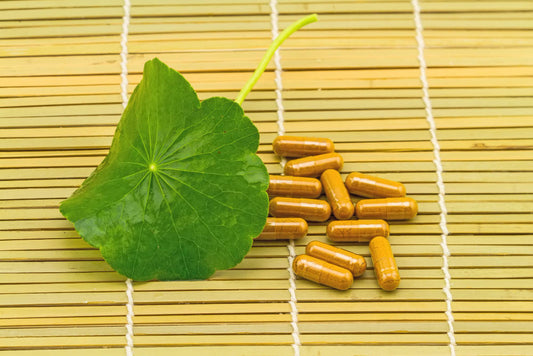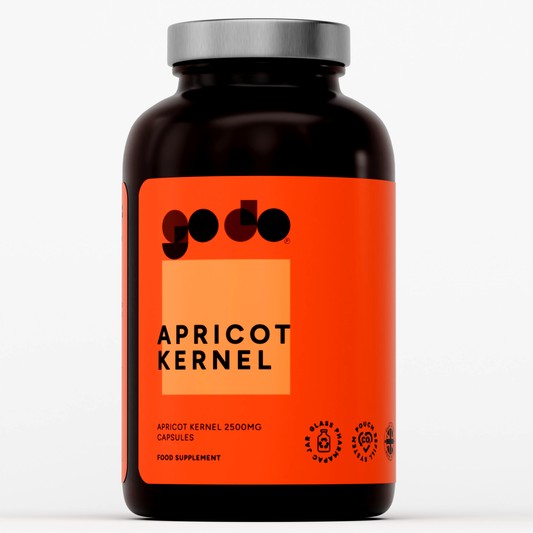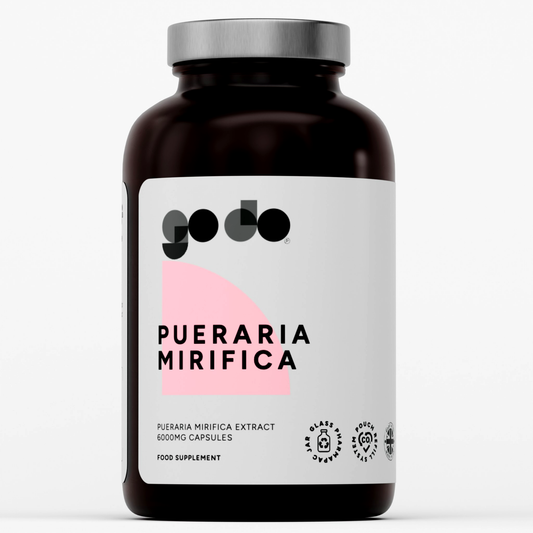What is Low Testosterone?
Low testosterone, also known as male hypogonadism, is a condition where the testicles don’t produce enough testosterone, the male sex hormone.
Testosterone levels in adults naturally decline with age, including cisgender men, non-binary people AMAB, and transgender women not undergoing feminizing hormone therapy. Low blood serum testosterone levels, as defined by the American Urology Association, can lead to various symptoms and is commonly referred to as Testosterone Deficiency Syndrome.
Other names for low testosterone and male hypogonadism include hypogonadism and low T.
Testicles are the gonads in adult males, people assigned male at birth (AMAB), and Leydig cells produce testosterone.
Who is Affected by Low Testosterone?

Low testosterone, also known as male hypogonadism, can affect men of all ages, but it is more prevalent among older men. According to the American Urology Association (AUA), approximately 2% of men aged 40-49 years, 5% of men aged 50-59 years have free testosterone alone, and 20% of men aged 60-69 years experience low testosterone levels.
Several factors can increase the risk of developing low testosterone, including:
-
Family History: A family history of low testosterone or male hypogonadism can predispose men to the condition.
-
Medical Conditions: Conditions affecting the testicles, pituitary gland, or hypothalamus, such as Klinefelter syndrome, undescended testicles, or brain tumors, can lead to low testosterone.
-
Testicular Injury or Surgery: Past injuries or surgeries involving the testicles can impact testosterone production.
-
Chronic Illnesses: Diseases like diabetes, high blood pressure, and obesity are linked to lower testosterone levels.
-
Cancer Treatments: Chemotherapy or radiation therapy can affect the testicles and reduce testosterone production.
-
Medications: Certain medications, including opioids and steroids, can negatively affect testosterone levels.
Additionally, men who are overweight or obese are more likely to develop low testosterone. Excess body fat can convert testosterone to estrogen, leading to decreased testosterone levels.
It’s crucial for young men to be aware of the symptoms of low testosterone and seek medical advice if they experience any of the following:
- Low sex drive
- Erectile dysfunction
- Fatigue
- Loss of muscle mass
- Osteoporosis
- Mood changes
- Sleep disturbances
- Decreased bone density
Early detection and treatment of low testosterone can help alleviate symptoms and prevent long-term complications, such as osteoporosis and cardiovascular disease.
Understanding Testosterone Deficiency
Testosterone deficiency, also known as testosterone deficiency syndrome (TD), occurs when the body lacks sufficient testosterone. The pituitary gland and hypothalamus control hormone production, including testosterone, which is essential for various physiological processes. Testosterone is essential for developing and maintaining male characteristics and sexual function. Low testosterone levels increase a man’s risk of developing cardiovascular disease and early death.
Symptoms and Effects of Low Testosterone
Symptoms of low testosterone can vary by age, but may include decreased libido, erectile dysfunction, and fatigue.
Other symptoms in adults AMAB include decreased muscle mass, increased body fat, and decreased bone density.
Symptoms that highly suggest low testosterone in adults AMAB include decreased facial hair growth alone, decreased testicular size, and decreased sperm count. Low testosterone can lead to decreased sperm production and related fertility issues.
Causes of Low Testosterone
There are several possible causes of low testosterone level, including primary and secondary hypogonadism.
Primary hypogonadism is caused by a problem with the testicles, while secondary hypogonadism is caused by a problem with the hypothalamus or pituitary gland.
Causes of primary and secondary hypogonadism can be congenital or acquired.
Risk Factors and Complications
- Risk factors for hypogonadism include family history, genetics, and certain medical conditions.
- Inherited hypogonadism can be passed down from parents or grandparents.
- Untreated hypogonadism can lead to complications depending on when it develops, including impaired growth, reproductive issues, and decreased quality of life.
Diagnosing Low Testosterone
- Diagnosis typically involves a physical exam, medical history, and laboratory tests to measure testosterone levels.
- Blood tests can help diagnose low testosterone, including follicle stimulating hormone (FSH) and luteinizing hormone (LH) tests.
- A blood test can also help diagnose primary and secondary hypogonadism.
Treatment Options

- Hormone replacement therapy (HRT) involves taking testosterone supplements to increase hormone levels.
- Medications, such as testosterone gels, patches, or injections, can help restore normal testosterone levels.
- Lifestyle changes, such as regular exercise and a balanced diet, can also help improve symptoms of Low-T.
- In some cases, surgery may be necessary to treat underlying conditions contributing to Low-T.
Managing Low Testosterone
- Testosterone replacement therapy (TRT) can help manage low testosterone levels.
- TRT can be given as a pill, gel, patch, injection, or implant.
- TRT may relieve or improve symptoms, and help keep bones and muscles strong. However, TRT can increase the risk of developing blood clots due to the over-production of red blood cells, which can lead to clots in the legs or lungs.
- TRT has risks, including unclear effects on prostate cancer and cardiovascular disease.
Testosterone Therapy and Treatment
- Testosterone therapy can help improve symptoms of low testosterone, including erectile dysfunction and decreased libido.
- Testosterone treatment can also help improve bone density and muscle mass.
- Testosterone therapy can be used to treat primary and secondary hypogonadism.

Maintaining Healthy Testosterone Levels
- Maintaining a healthy lifestyle, including regular exercise and a balanced diet, can help maintain healthy testosterone levels.
- Avoiding certain medications and substances that can affect testosterone production can also help.
- Getting enough sleep and managing stress can also help maintain healthy testosterone levels.
Conclusion
- Low testosterone is a common condition that can affect men of all ages.
- Understanding the causes, symptoms, and treatment options for low testosterone can help men take control of their health.
- Maintaining healthy testosterone levels is important for overall health and well-being.






